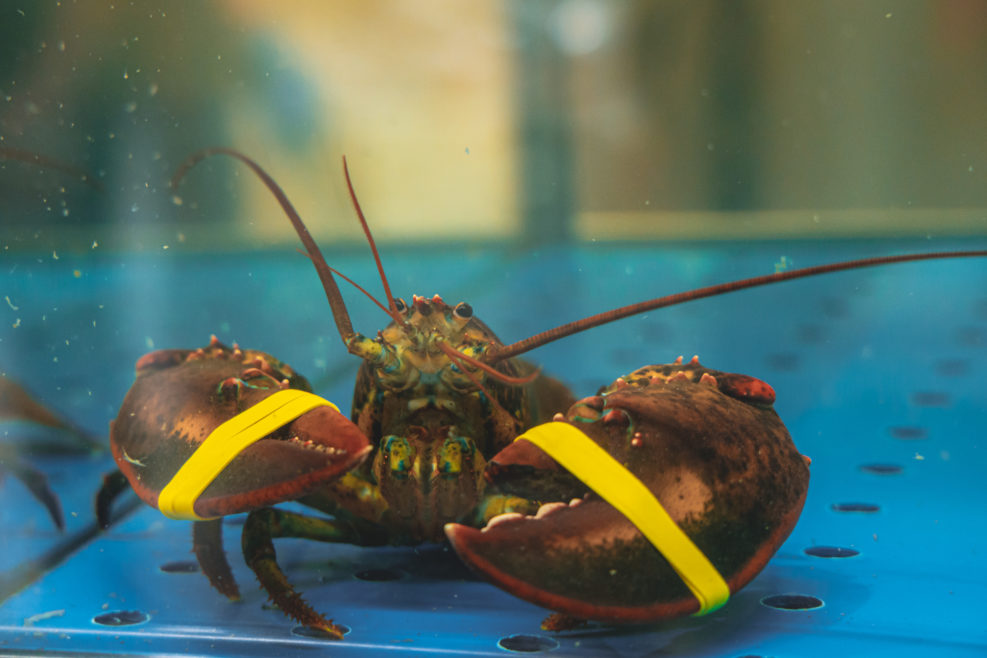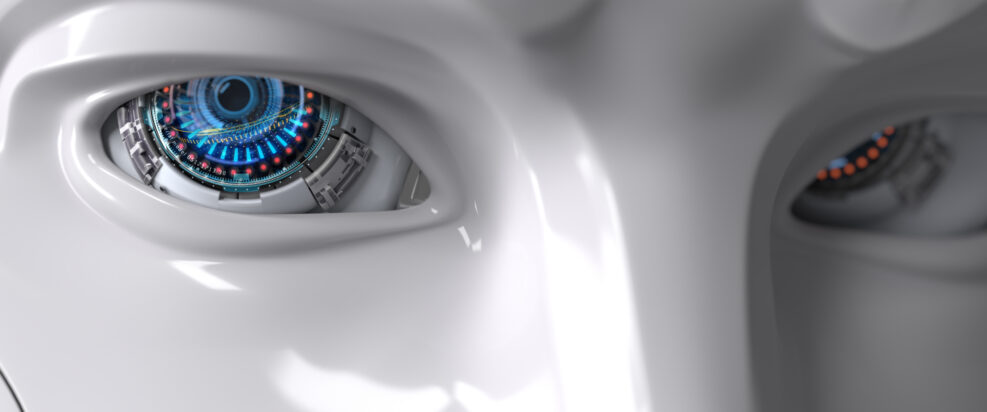
Can Crabs Think? Can Lobsters Feel? What We Know Now
In Switzerland, it is now illegal to boil a lobster alive. Are the Swiss right? Is it cruel?Because crustaceans have shells, we may tend to think of them as like machines. Yet crustaceans, along with octopuses, show some surprising abilities and complexities. Take crabs, for example: A new Swansea University study has revealed how common shore crabs can navigate their way around a complex maze and can even remember the route in order to find food … Spatial learning is quite complicated, so figuring out how it works in crustaceans gives us a better understanding of how widespread this ability, and learning in general, is in the animal kingdom.” The researchers tested 12 crabs over four weeks, placing food at the end of the maze each time. The route to the end of the maze required five Read More ›
